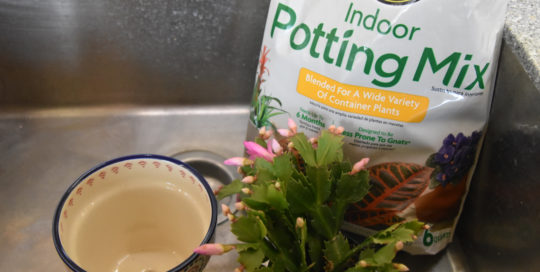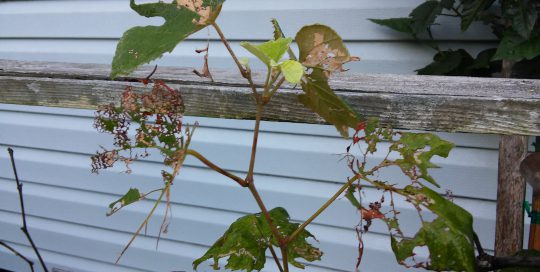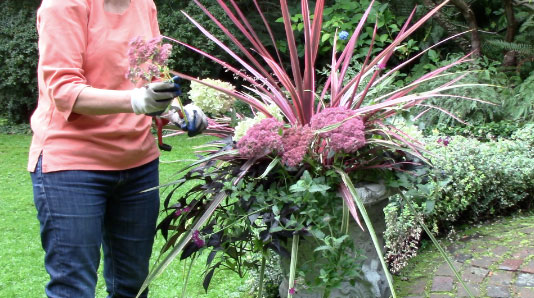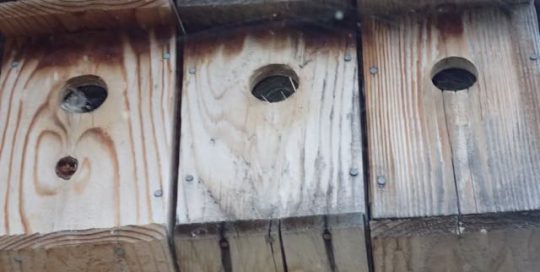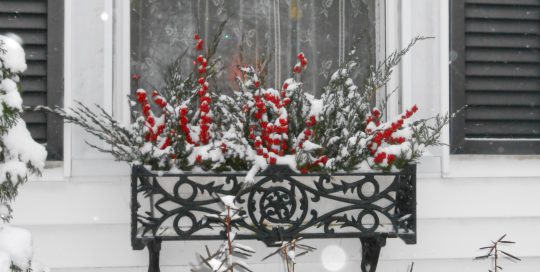Birds Can’t Read Labels
Although not technically considered raptors, owls certainly qualify as birds of prey. They’re also not always nocturnal. Roth says all bets are off with young birds of prey that have recently left the nest. He keeps peacocks that roost on the roof of his house at night, keeping out of harm’s way from predators. When he noticed one, and then two, come up missing, Roth put the birds in their cage with a shade cloth stretched across the top.
His wife called him while he was out of town at a trade show and told him she had awoken to a very strange sight. “She saw four peacocks and an owl sitting on a perch together inside the peacock cage, and called to ask what she should do,” Roth recalled.
“The DNR said they couldn’t do anything about it, but told her it was illegal to keep an owl as a pet. I told her to go cut the zip ties to open up the top of the shade cloth so the owl could fly out.
The cheeky culprit was a young Great Horned Owl (Bubo virginianus), one of the biggest and most common in North America, and a fierce predator that will take down prey larger than itself. Peacocks weigh between six and 13 lbs., while Great Horned Owls rarely weigh much more than five lbs.
The Birds and the Bees and The Flowers and the Trees
One of the indirect lures for birds that have been scarce through the winter is pollen, making it important to plant flowers that wake up early. It’s amazing how many bees a patch of Crocus flowers attracts. Add some early-blooming tulips and your garden will really come alive. Not all birds eat bees, but most will go after bee predators such as spiders, wasps and flies. It’s safe to say that, if bees are out, so are other types of insects, which attract birds like nuthatches, titmice, and bluebirds.
Depending on the weather, and not the calendar, flowers of the earliest plants will add to your birdwatching enjoyment. In most years, flowers in bloom during March include:
- Anemone blanda
- Crocus
- Witch hazel (Hamamelis)
- Hellebore
- Hyacinths
- Tulipa humilis ‘Alba Caerulea Oculata’
- Tulipa tarda
The Early Birds
Some birds—like Cardinals, juncos and Blue jays—remain in our winter wonderlands. But others arrive as soon as the insects turn emerge. Those you will most likely see in your garden as early as February include:
- Black-capped Chickadees
- Dark-eyed Juncos
- Downy Woodpeckers
- Finches
- House Sparrows
- Northern Cardinals
- Northern Flicker
- Tufted Titmice
It’s likely the ground is frozen, the flowers are asleep and your garden is covered with snow. But it doesn’t hurt to prepare for changing weather by planting early bloomers and providing food and habitat for birds.

